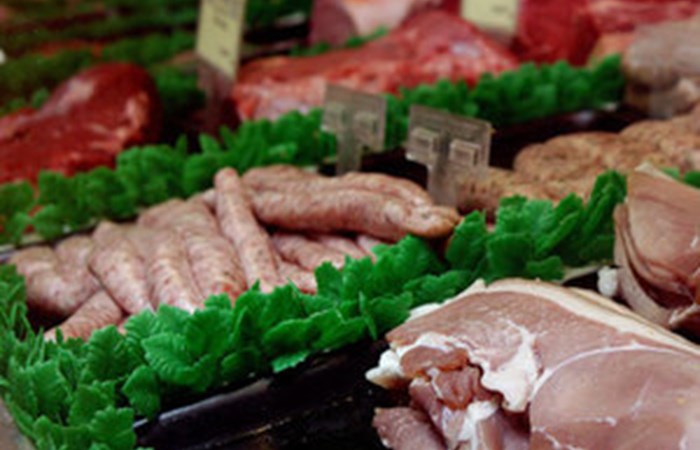Department for Environment, Food and Rural Affairs

A treasure trove of data showing how the UKs relationship with food has changed over three generations opened today, announced Environment Secretary Elizabeth Truss.
The National Food Survey, set up by the wartime government concerned about our health and access to food, has been running in some form since 1940. For more than 70 years households have been filling out diaries of their weekly food and drink purchases to create national estimates of the types and quantities of food we buy and eat.
Today information from around 150,000 households who took part in the survey from 1974-2000 has been published by Defra as part of its commitment to open data meaning for the first time anyone can access the underlying household diary data behind the estimates and drill down into the cultural shifts that have helped shape the food we eat today.
The data are being released as part of #OpenDefra, the biggest ever government data giveaway which will see 8,000 datasets opened up for free and public use by the summer.
Environment Secretary Elizabeth Truss said:
Food is the heart and soul of our society and this data not only shows what we were eating 40 years ago, but how a change in culture has led to a food revolution. Shoppers are more plugged in to where their food comes from than ever before, the Internet has brought quality produce to our doorsteps at the click of a button, pop up restaurants are showcasing the latest trends and exciting global cuisines are now as common as fish and chips.
By opening up this data we can look beyond what, where or how previous generations were eating and pinpoint the moments that changed our habits for good. Weve only scraped the surface of what the National Food Survey can tell us and from local food maps and school projects to predicting new food trends, I look forward to seeing how this data can be used to learn more about our past and grow our world-leading food and farming industry in the future.
Cultural changes that have shaped the food we eat today include:
-
An advance in technology in 1974 only 15% of households in the survey owned a freezer and where a Leicester households shopping list in 1974 included canned milk pudding, canned peas and potatoes, a comparable household in 2000 (when 94% of households owned a freezer) bought frozen cakes, peas and chips. This rise in technology correlates with a drop in households sourcing their own food, with a wartime government asking about owning poultry and access to free eggs before the question was dropped in 1991.
-
Greater convenience quick-fix foods have always been popular, but while households in the 1970s were asked to record levels of instant milk, instant potato and tinned peaches, today sales of convenience foods like frozen pizza and pasta have skyrocketed. In 1989 households were asked for the first time whether they owned a microwave, and since then the number of ready meals we buy has more than doubled.
-
Spending habits the way we prioritise our pay packets has changed over the years. For example, a household in Glasgow in 1974 spent 9.10 one week on items such as corned meat, lambs liver and lard, whereas a comparable household in 2000 spent 80.90 on a shopping basket of mineral water, crisps and yoghurt. Although it looks like were spending more on food, as a proportion of our pay we spent 24% in 1974 compared to 11% today.
-
Health consciousness improved awareness and a desire to be healthier may also have played a role, with our consumption of white bread dropping by 75% since 1974, while brown and wholemeal bread has risen by 85%. Likewise skimmed milk overtook whole milk in the 1990s and we now drink four times as much.
-
Social changes the survey finally entered the twentieth century in 1991 when it stopped asking the housewife, later to be called the main diary keeper, to fill out the questionnaire.
The initial open data release of National Food Survey data from 1974 to 2000 is available here: Family Food Open Data
